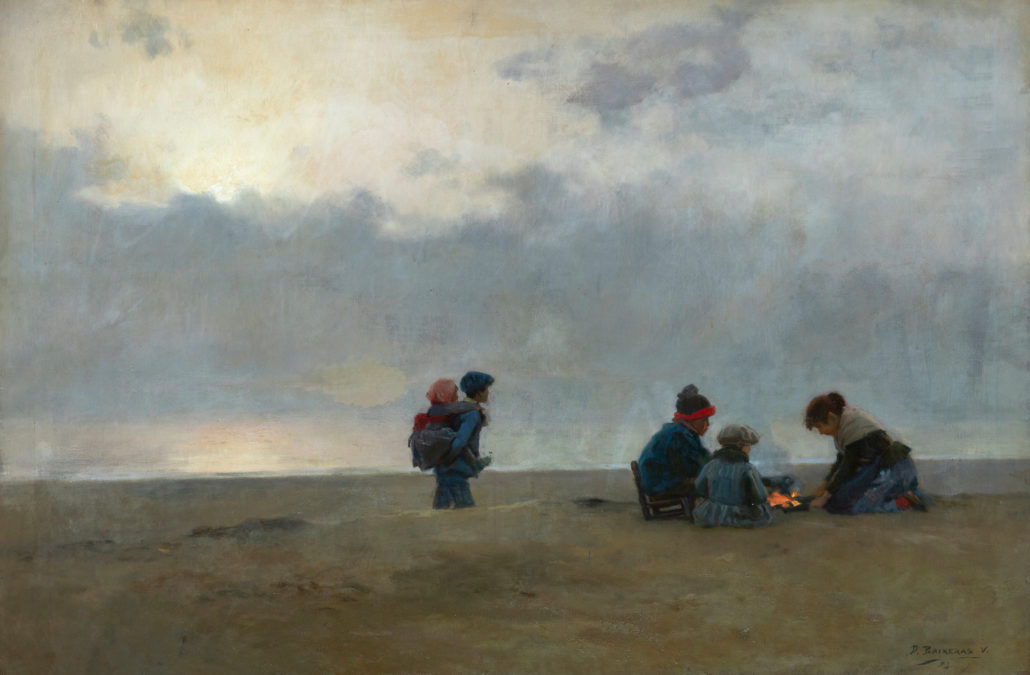Dionís Baixeras: the beauty of the landscape.
At the end of the 19th century, the landscape genre in Catalonia lived through a period of splendor that opened the way for a whole generation of artists, like Dionís Baixeras , brought Catalan landscaping to one of its most fruitful periods. Considered one of the most outstanding landscape painters of the turn of the century, his work is inescapable in the evolution of a genre that, started under the influence of romanticism, led to a language based on the realistic trend developed in France by the Barbizon School. Works like the one proposed by Setdart in the near future represent a magnificent testimony of the style that made Baixeras a true narrator of the Catalan landscape.
Trained at the Llotja school, Baixeras gave life to an early work marked by the imprint of those who were his teachers, Marti Alsina and Antoni Caba, to which he later incorporated the precepts of the Olot School. Along with this own pictorial tradition, trends from Paris determined the course of Baixeras’ career, who, like so many of our artists, traveled to the French capital in search of new artistic horizons. In contrast to the modernist trend that broke out in Catalonia at that time, Baixeras championed a naturalistic, serene and balanced art inspired by the realistic language of artists that, like Millet, he was able to discover as a result of his stay in Paris. Since then, the Catalan painter will show a clear predilection for landscape painting dominated by deep roots in his land, whose landscapes, people and customs, he immortalized throughout his career.
In his predilection for painting linked to the sea, Baixeras employs a delicate and meticulous language, using light and color to masterfully capture the essence of nature. However, under a faithful representation of the landscape rooted in pictorial realism, Baixeras permeates the atmosphere with a subtle lyricism that gives the scene a certain air of melancholic and introspective character. In this case, it places us on a beach bathed in the morning mist, where the image of some boys sitting around a fire that protects them from the winter cold, unfolds in full harmony with a beautiful and peaceful nature. Each of the elements that make up the composition convey to us that friendly image and austere life in which the artist reflected those traditional values that, such as humility, simplicity and love of nature, were part of the Catholic and Catalan ideology promoted from the artistic circle of Sant Lluc.
From the coast to the Pyrenees, the landscapes of Baixeras offer us a vision of peace and tranquility in whose characters reflect the authenticity of the Catalan people intimately linked to the purity of the land and the sea. The amiable character of his work gave him great success and popularity, especially among the new Catalan bourgeoisie, who found in art collecting a sign of prestige to reaffirm their new social status. Undoubtedly, The artistic legacy that Dionís Baixeras gave us has transcended time, making him one of the fin de siècle Catalan painters who best knew how to capture the beauty of simple life.



